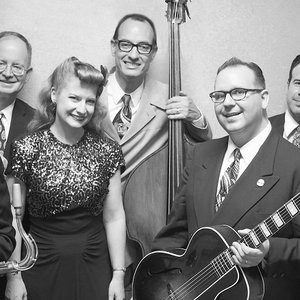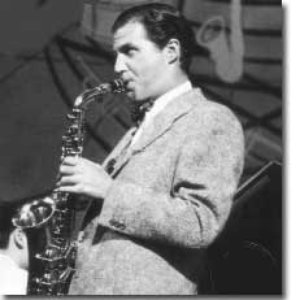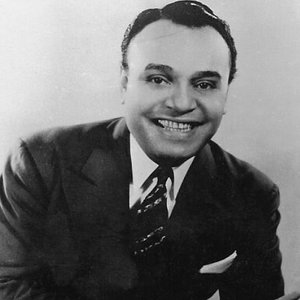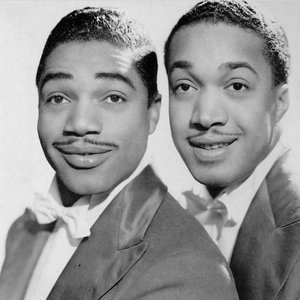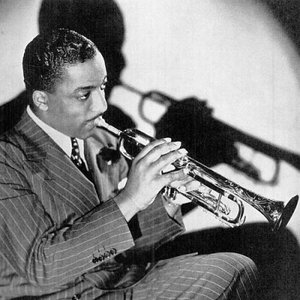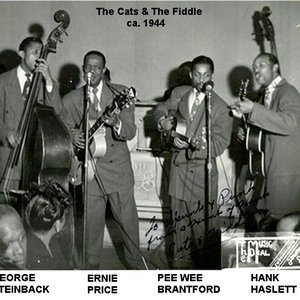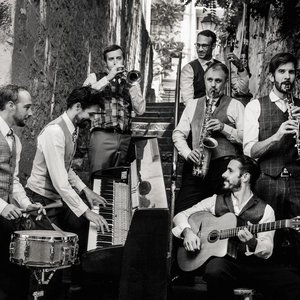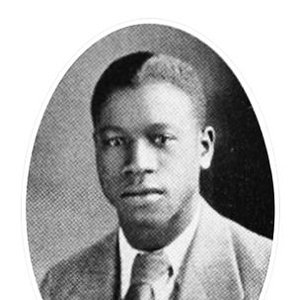Biography
Jazz trumpeter Erskine Hawkins was born in Birmingham, Alabama July 26, 1914. A talented high-note trumpeter and a popular bandleader, Erskine Hawkins was nicknamed “The 20th Century Gabriel.” He learned drums and trombone before switching to trumpet when he was 13, and was one of five inaugural inductees into the Alabama Jazz Hall of Fame in 1978. He also became on of the principal influences on a young rhythm and blues piano player named Ray Charles.
While attending the Alabama State Teachers College, he became the leader of the college band, the Bama State Collegians. They went to New York in 1934, became the Erskine Hawkins Orchestra, started making records in 1936 and by 1938 were quite successful. The first formal appearance of Erskine Hawkins and his Orchestra was in 1938 when the band won a recording contract with RCA Victor. However, the inception of the band had occurred two years earlier when it was known as The 'Bama State Collegians.
Hawkins, whose biggest influences were Louis Armstrong records, skipped out on a 'Bama State Collegians band trip to New Jersey so he could play some gigs in New York. At one of these early shows, Armstrong surprised him backstage at the Apollo Theater. From then on, whenever Hawkins came to New York, Armstrong would also take the stage at the Savoy Ballroom, where Hawkins' dance band attracted a loyal following.
Hawkins had three major hits (”Tuxedo Junction,” “After Hours” and “Tippin' In”) and was able to keep the big band together all the way until 1953. Hawkins' band was so popular that he was able to retain a permanent roster of players, most of whom were from Birmingham. The style was “down-home” and blues-inspired, but it could still swing and lay down a great dance beat. Two of his chief arrangers were pianist Avery “After Hours” Parrish and trumpeter Sammy Lowe. (See Sammy Lowe's biography, also on this website.) Baritone saxophone soloist Haywood Henry, who stayed with Hawkins until the band broke up in 1953, anchored the music securely in a solid harmony. During the band's heyday, the 1930s and 40s, Hawkins featured vocalists Ida James, Delores Brown and Della Reese. ROCKIN ROLLERS JUBILEE (1938) was ahead of its time, but TUXEDO JUNCTION (1939) became the anthem of American GIs in Europe during the early years of WWII.
In 1978, Erskine Hawkins became one of the first five artists inducted into the Alabama Jazz Hall of Fame. He died in 1993 in Willingboro, New Jersey. Hawkins was an exact contemporary of another Birmingham jazz great, Sun Ra.
Artist descriptions on Last.fm are editable by everyone. Feel free to contribute!
All user-contributed text on this page is available under the Creative Commons Attribution-ShareAlike License; additional terms may apply.
